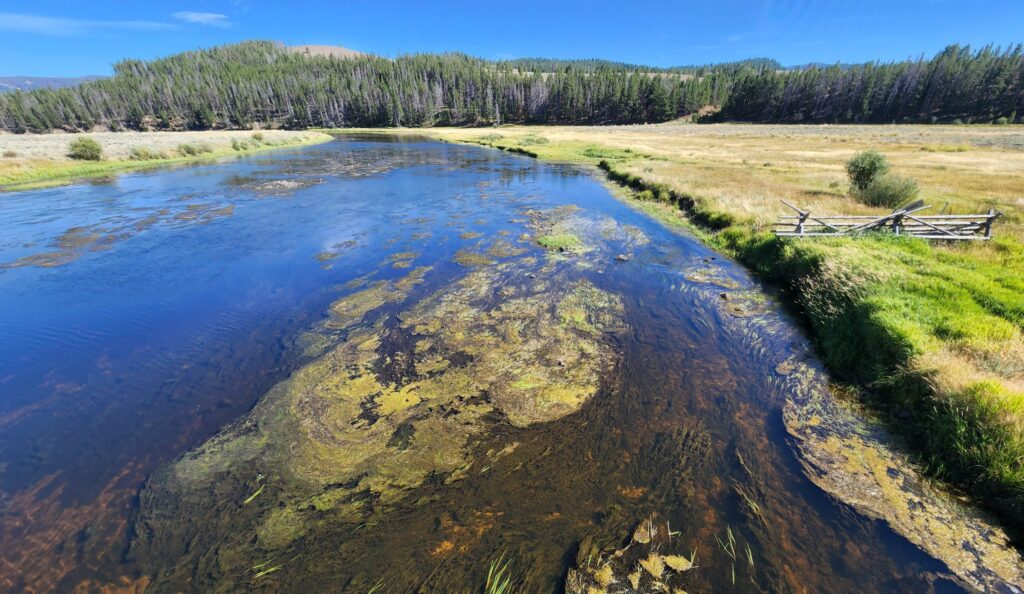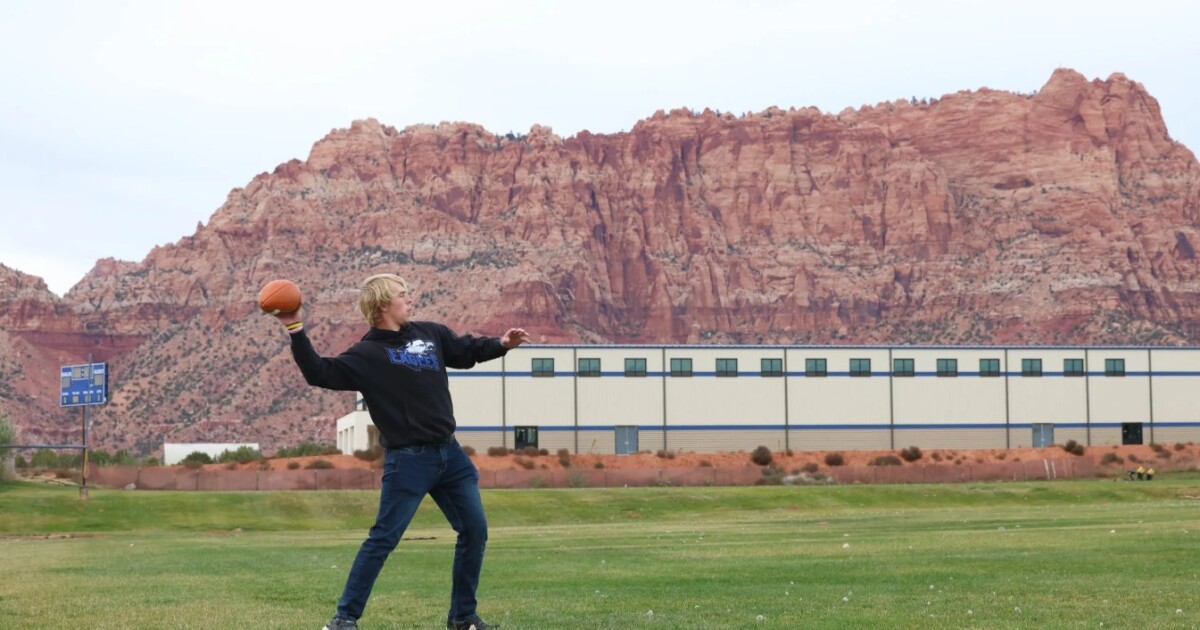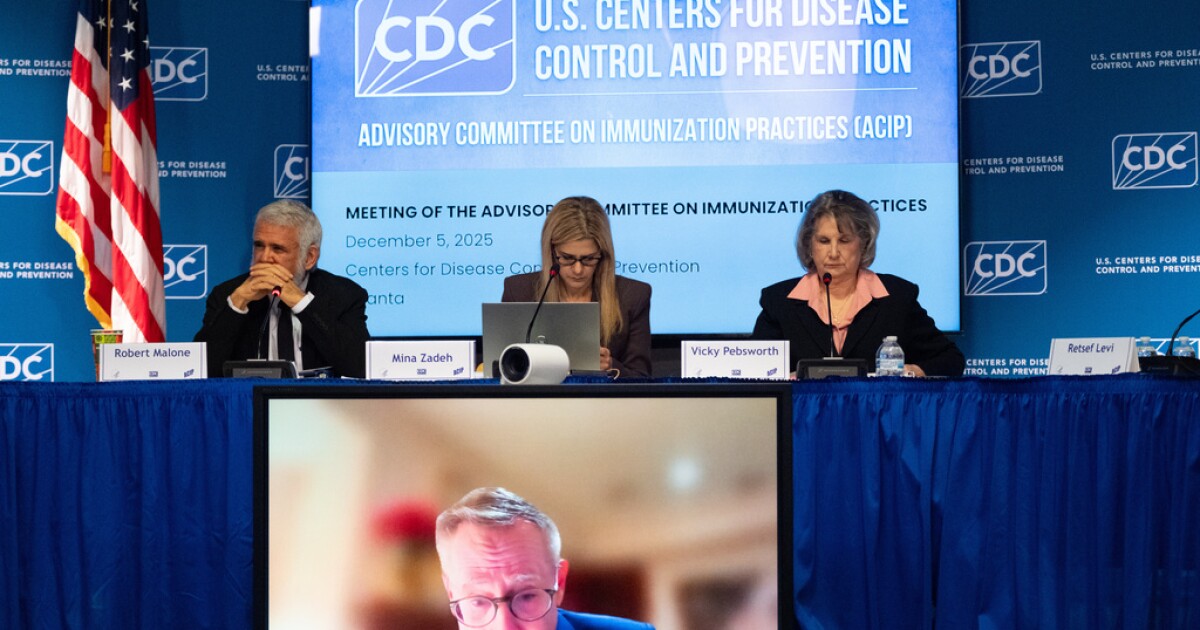The ongoing conflict over environmental guidelines has taken a new turn as the U.S. Environmental Protection Agency (EPA) approved Montana’s less stringent water quality regulations this month. The decision marks a critical development in the long-standing debate over Montana water quality standards and their impact on aquatic ecosystems.
On October 3, the EPA’s regional administrator sent a letter to the Montana Department of Environmental Quality (DEQ), allowing the state to retain “narrative” nutrient standards. This decision goes against the wishes of environmental groups concerned about the degradation of rivers and lakes. Region Eight Administrator Cyrus Western stated that these standards comply with the Clean Water Act and help Montana in its efforts to protect state waters.
Western highlighted that narrative standards, which rely on subjective criteria like color and odor, were used by DEQ as recently as 2014. He argued that the Clean Water Act doesn’t mandate states to use numeric nutrient criteria, emphasizing that the narrative approach supports Montana’s water protection initiatives.
The debate centers on nitrogen and phosphorus levels, which significantly affect aquatic ecosystems. Stakeholders, including lawmakers, environmental nonprofits, and industry groups, have long clashed over achieving a balance between environmental protection and practical wastewater treatment standards. While conservation groups advocate for stricter standards, industries like mining and refineries prefer more relaxed regulations.
DEQ expressed gratitude for Western’s decision in an October 6 statement, citing the benefits of “regulatory predictability for permittees” and the ability to apply “the best available science” for water source protection. DEQ Director Sonja Nowakowski stated, “Thanks to this approval, and the bipartisan legislation signed into law by Governor Gianforte, DEQ will now move forward with water quality permitting and planning.”
However, Upper Missouri Waterkeeper Executive Director Guy Alsentzer criticized the decision, accusing the federal government of siding with polluters over public health and clean water. Alsentzer contended there is no scientific basis for dropping numeric nutrient standards.
Kelly Ann Lynch of the Montana League of Cities and Towns expressed concern about how DEQ will manage water quality permits without numeric criteria. Her organization, which represents public wastewater treatment plants, is eager for clarity on the new standards.
The regulatory struggle over Montana’s water quality standards has lasted for years. In 2022, EPA opposed legislative attempts to revert to narrative standards, citing inconsistency with the Clean Water Act. DEQ adopted a holding pattern during this period, significantly reducing permitting output and allowing some permittees to continue under expired standards. The passage of House Bill 664 this year provided the framework for DEQ to deny requests to designate certain rivers as nutrient-impaired, leading to criticism from nonprofit groups like Upper Missouri Waterkeeper.
Upper Missouri Waterkeeper hinted at potential legal actions to challenge the EPA’s endorsement of House Bill 664, aiming to protect Montana’s clean water resources against decisions they believe are unscientific and contrary to federal law.
—
Read More Montana News










